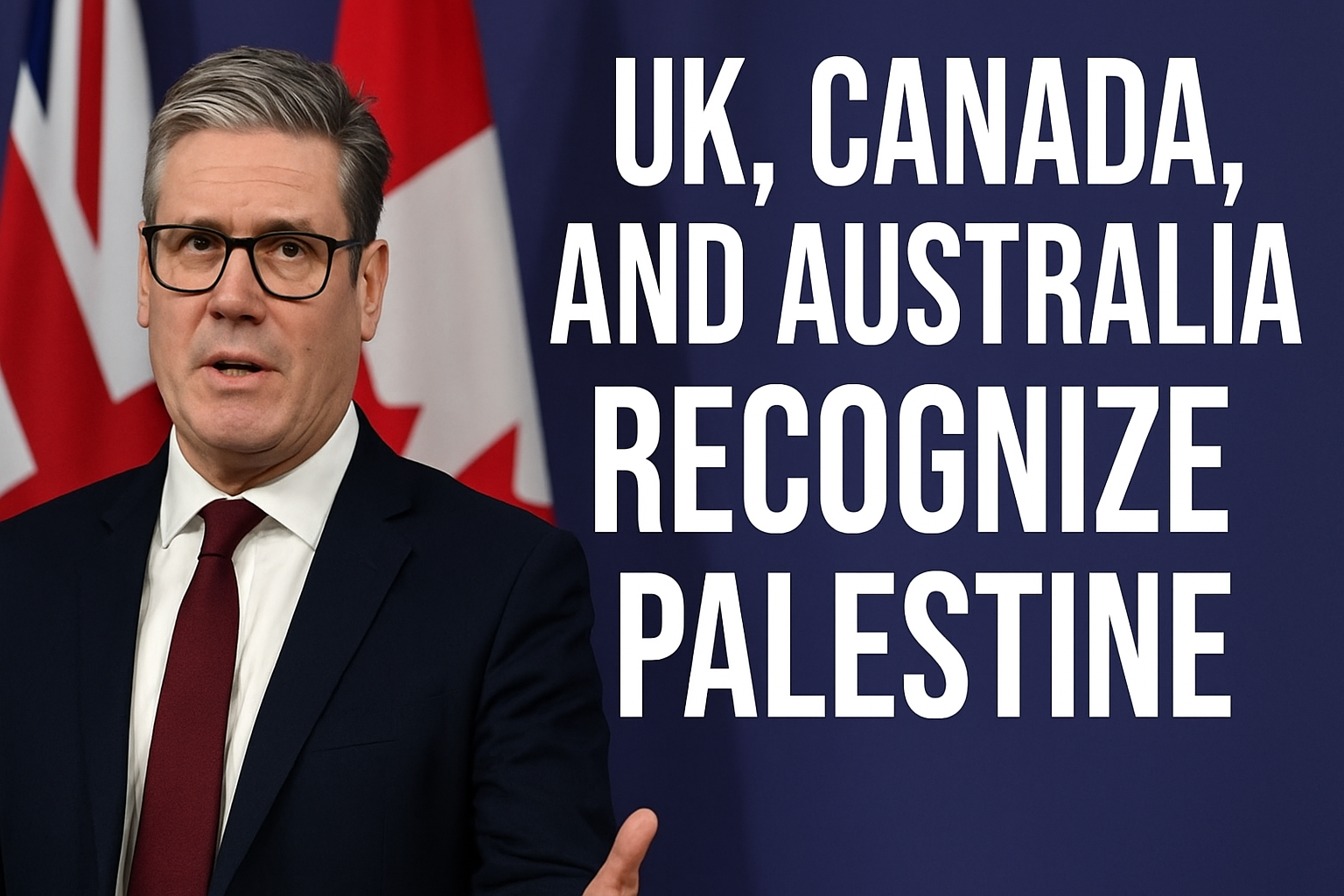
|
Getting your Trinity Audio player ready...
|
The national living wage applies to all workers aged 23 and over, and is a higher rate than the minimum wage which applies to people under the age of 23.
In the hallowed halls of No.11 Downing Street, Chancellor Jeremy Hunt meticulously crafts his address for the impending Autumn Statement, navigating the intricacies of fiscal headroom, income tax thresholds, and more.

Amidst the political orchestration, the spotlight illuminates the realm of employment. Job Centre Plus witnesses a decline in Britain’s unemployment rate, prompting discussions on the public’s ‘duty’ to work, especially with an impending shake-up in benefits on the horizon.

Delving into the economic tapestry, wages take center stage. For those aged 18 to 20, a notable uptick awaits, as the hourly rate climbs to £8.60 come April, marking a substantial £1.11 increase. Meanwhile, the younger cohort, aged 16 and 17, along with apprentices, will see their minimum pay elevated to £6.40, reflecting a commendable £1.12 surge from the previous year.
In a resounding declaration, Mr. Hunt asserts, “Next April, all full-time workers on the national living wage will receive a pay rise exceeding £1,800 annually. This fulfills our manifesto promise, aiming to eradicate low pay and underscoring the transformative impact of the national living wage, which has played a pivotal role in halving the number of people grappling with low pay since 2010—ensuring that work always pays.”
- Guardiola ‘Embarrassed and Ashamed’ After Confrontation With Cameraman Following Man City Defeat
- London Calling: The Perfect Christmas Shopping Escape From Graz
- Arsenal Injury Update: Latest on Gabriel, Gyokeres and Calafiori Ahead of North London Derby
- Another Warning Sign for Austria’s Industrial Future
- Labour Faces Internal Backlash as Shabana Mahmood Unveils Tougher Asylum Reforms



















Great post